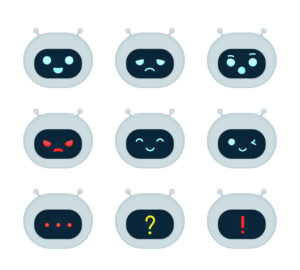There’s no easy way to say this, so I’ll be blunt. There is a significant chance that we are living in a computer simulation.
I know this sounds pretty silly. Unhinged, even. But I believe it to be true. And I’m not alone. This idea is becoming increasingly popular. Some people even believe that we are almost certainly living in a computer simulation.
It may turn out that this idea is mistaken. But it’s not a delusion. Unlike delusions, this idea is supported by coherent arguments. So, let’s talk about it. Why do people think we’re in a simulation? And why does it matter?
We should begin by unpacking the idea. Computer simulations are familiar phenomena. For example, popular programs like The Sims and Second Life contain simulated worlds filled with virtual things (trees, houses, people, etc.) interacting and relating in ways that resemble the outside world. The Simulation Hypothesis says that we are part of a virtual world like that. We have no reality outside of a computer. Rather, our minds, bodies, and environment are all parts of an advanced computer simulation. So, for example, when you look at the Moon, your visual experience is the product of the calculations of a computer simulating what would happen in the visual system of a biological human if they were to look at Earth’s satellite.
The Simulation Hypothesis is one member of a much-discussed class of hypotheses that invoke descriptions of the world that appear to be compatible with all our experience and evidence yet, if true, would contradict many of our fundamental beliefs or systematically undermine our knowledge. An archetype is the 17th-century philosopher René Descartes’s Evil Demon Hypothesis, according to which all of your sensations are being produced by a malicious demon who is tricking you into thinking you have a body, live on Earth, and so forth when in fact none of those things are true. Descartes did not think the Evil Demon Hypothesis was true. Rather, he used it to illustrate the elusiveness of certainty: Since all your sensations are compatible with the Evil Demon Hypothesis, you can’t rule it out with certainty, and consequently you can’t be certain you have a body, live on Earth, and so forth. What’s special about the Simulation Hypothesis relative to the Evil Demon Hypothesis is that there’s a case to be made for thinking that the former is true.
The basic idea behind this argument can be expressed in two key premises. The first is that it’s possible for conscious, human-like minds to exist in a computer. Note that the organ out of which consciousness arises in biological beings – the brain – is a complex physical system composed of simple parts interacting in law-governed ways. If a civilization’s technology and understanding of human-like brains becomes advanced enough, then they should be able to simulate human-like brains at a level of accuracy and detail that replicates their functioning, much like humans can now simulate a nematode brain. Simulated minds would have a nonorganic substrate. But substrate is probably less important than functioning. If the functional characteristics of a simulated brain were to replicate a biological human brain, then, the argument goes, the simulation would probably give rise to a conscious mind.
The second premise is that some non-negligible fraction of intelligent civilizations will eventually develop the capacity and motivation to run hugely many simulations of planets or universes that are populated with human-like minds, such that, across time, there are many simulated human-like minds for every non-simulated human-like mind. The exponential pace of technological development we observe within our own history lends plausibility to the claim that some intelligent civilizations will eventually develop this capacity. (In fact, it suggests that we may develop this capacity ourselves.) And there are many potential reasons why intelligent civilizations might be motivated to run hugely many simulations. For example, advanced civilizations could learn a great deal about the universe or, say, the spread of coronaviruses on Earth-like planets through simulations of universes or planets like ours, running in parallel and much faster than real time. Alternatively, spending time in a hyper realistic simulation might be entertaining to people in advanced civilizations. After all, many humans are entertained by this sort of thing today.
If you accept these premises, you should think that the Simulation Hypothesis is probably true. This is because the premises suggest that across time there are many more simulated beings than biological beings with experiences like yours. And since all your experiences are compatible with both the possibility that you’re simulated and the possibility that you aren’t, you should follow the numbers and accept that you’re likely in a simulation. By analogy, if you purchase a lottery ticket and don’t have any special reason to think you’ve won, then you should follow the numbers and accept that you’ve likely lost the lottery.
This argument is controversial. Interested readers can wiggle themselves down a rabbit hole of clarifications, refinements, extensions, empirical predictions, objections, replies (and more objections, and more replies). My own view is that this argument cannot be easily dismissed.
Suppose you agree with me. How do we live in the light of this argument? What are the personal and ethical implications of accepting that the Simulation Hypothesis is probably (or at least very possibly) true?
Well, we certainly have to accept that our world may be much weirder than we thought. But in some respects things aren’t as bad as they might seem. The Simulation Hypothesis needn’t lead to nihilism. The importance of most of what we care about – pleasure, happiness, love, achievement, pain, sadness, injustice, death, etc. – doesn’t hinge on whether we’re simulated. Moreover, it’s not clear that the Simulation Hypothesis systematically undermines our knowledge. Some philosophers have argued that most of our quotidian and scientific beliefs, like the beliefs that I am sitting in a chair and that chairs are made of atoms, are compatible with the Simulation Hypothesis because the hypothesis is best construed as a claim about what physical things are made of at a fundamental level. If we’re simulated, the thinking goes, there are still chairs and atoms. It’s just that atoms (and by extension chairs) are composed of patterns of bits in a computer.
On the other hand, the Simulation Hypothesis seems to significantly increase the likelihood of a range of unsettling possibilities.
Suppose a scientist today wants to simulate two galaxies colliding. There is no need to run a complete simulation of the universe. Starting and ending the simulation a few billion years before and after the collision may be sufficient. Moreover, it’s unnecessary and infeasible to simulate distant phenomena or every constituent of the colliding galaxies. A coarse-grained simulation containing only large celestial phenomena within the colliding galaxies may work just fine.
Similarly, the simulation we live in might be incomplete. If humans are the primary subjects of our simulation, then it might only be necessary to continuously simulate our immediate environment at the level of macroscopic objects, whereas subatomic and distant phenomena could be simulated on an ad hoc basis (just as hidden-surface removal is used to reduce computational costs in graphics programming).
More disturbingly, it’s possible that our universe or our lives are much shorter-lived than we think. For example, suppose our simulators are interested in a particular event, such as a nuclear war or an AI takeover, that will happen tomorrow. Alternatively, suppose our simulators are interested in figuring out if a simulated being like you who encounters the Simulation Hypothesis can discover they are in a simulation. It would have made sense relative to these sorts of purposes to have started our simulation recently, perhaps just a few minutes ago. It would be important for simulated beings in this scenario to think they have a longer history, remember doing things yesterday, and so on, but that would be an illusion. Worse, it would make sense to end our simulation after the event in question has run its course. That would likely mean that we will all die much sooner than we expect. For example, if you finish this article and dismiss it as a frivolous distraction, resolving never again to think about the Simulation Hypothesis, our simulators might decide that they’ve gotten their answer–a person like you can’t figure out they’re in a simulation–and terminate the simulation, destroying our universe and you with it.
Yet another disturbing possibility is that our simulation contains fewer minds than it seems. It could be that you are the sole subject of the simulation and consequently yours is the only mind that is simulated in detail, while other “humans” are merely programmed to act in convincing ways when you’re around, like non-playable characters. Alternatively, it could be that humans are simulated in full detail, but animals aren’t.
Now, the Simulation Hypothesis doesn’t entail that any of these things are true. We could be in a complete simulation. Plus, these things could be true even if we aren’t simulated. Philosophers have long grappled with solipsism, and Bertrand Russell once discussed the possibility that the universe sprung into existence minutes ago. However, there doesn’t seem to be any available explanation as to why these things might be true if we aren’t simulated. But there is a readily available explanation as to why these things might be true if we are in a simulation: Our simulators want to save time or reduce computational costs. This suggests that the Simulation Hypothesis should lead us to raise our credence in these possibilities. By analogy, a jury should be more confident that a defendant is guilty if the defendant had an identifiable motive than if not, all else being equal.
What are the ethical implications of these possibilities? The answer depends on how likely we take them to be. Since they are highly speculative, we shouldn’t assign them a high probability. But I don’t think we can assign them a negligible probability, either. My own view is that if you think the simulation argument is plausible, you should think there’s at least a .1% chance that we live in some sort of significantly incomplete simulation. That’s a small number. However, as some philosophers have noted, we routinely take seriously less likely possibilities, like plane crashes (<.00003%). This kind of thing is sometimes irrational. But sometimes assigning a small probability to incompleteness possibilities should make a practical difference. For example, it should probably produce slight preferences for short-term benefits and egocentric actions. Perhaps it should even lead you to take your past commitments less seriously. If it’s Saturday night and you can’t decide between going to a bar or initiating a promised snail-mail correspondence with your lonely cousin, a small chance that the universe will end very soon, that yours is the only mind in the universe, or that you never actually promised your cousin to write should perhaps tip the scales towards the bar. Compare: If you really believed there’s at least a 1/1000 chance that you and everyone you love will die tomorrow, wouldn’t that reasonably make a practical difference?
The Simulation Hypothesis has other sorts of ethically relevant implications. Some people argue that it creates avenues for fresh approaches to old theological questions, like the question of why, if there is a God, we see so much evil in the world. And while the Simulation Hypothesis does not entail a traditional God, it strongly suggests that our universe has a creator (the transhumanist David Pearce once described the simulation argument as “perhaps the first interesting argument for the existence of a Creator in 2000 years”). Unfortunately, our simulator need not be benevolent. For all we know, our universe was created by “a sadistic adolescent gamer about to unleash Godzilla” or someone who just wants to escape into a virtual world for a few hours after work. To the extent this seems likely, some argue that it’s prudent to be as “funny, outrageous, violent, sexy, strange, pathetic, heroic, …in a word ‘dramatic’” as possible, so as to avoid boring a creator who could kill us with the click of a button.
It may be that the Simulation Hypothesis is, as one author puts it, “intrinsically untethering.” Personally, I find that even under the most favorable assumptions the Simulation Hypothesis can produce deliciously terrible feelings of giddiness and unsettlement. And yet, for all its power, I do not believe it inhibits my ability to flourish. For me, the key is to respond to these feelings by plunging head first into the pleasures of life. Speaking of his own escape from “the deepest darkness” of uncertainty brought on by philosophical reasoning, the 18th-century philosopher David Hume once wrote:
Most fortunately it happens, that since reason is incapable of dispelling these clouds, nature herself suffices to that purpose, and cures me of this philosophical melancholy and delirium, either by relaxing this bent of mind, or by some avocation, and lively impression of my senses, which obliterate all these chimeras. I dine, I play a game of backgammon, I converse, and am merry with my friends; and when after three or four hours’ amusement, I would return to these speculations, they appear so cold, and strained, and ridiculous, that I cannot find in my heart to enter into them any farther.
I suppose that, ideally, we should respond to the simulation argument by striving to create meaning that doesn’t rely on any particular cosmology or metaphysical theory, to laugh at the radical precarity of the human condition, to explore The Big Questions without expecting The Big Answers, to make peace with our pathetic lives, which might, in the final analysis, be wholly contained within some poor graduate student’s dusty computer. But that stuff is pretty hard. When all else fails, Hume’s strategy is available to us: Do fun stuff. Have stimulating conversations; eat tasty food; drink fine wine; play exciting games; read thoughtful books; watch entertaining movies; listen to great music; have pleasurable sex; create beautiful art. Climb trees. Pet dogs. The Simulation Hypothesis will probably start to feel ridiculous, at least for a while. And, fortunately, this is all worth doing regardless of whether we’re in a simulation.





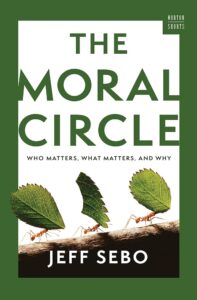



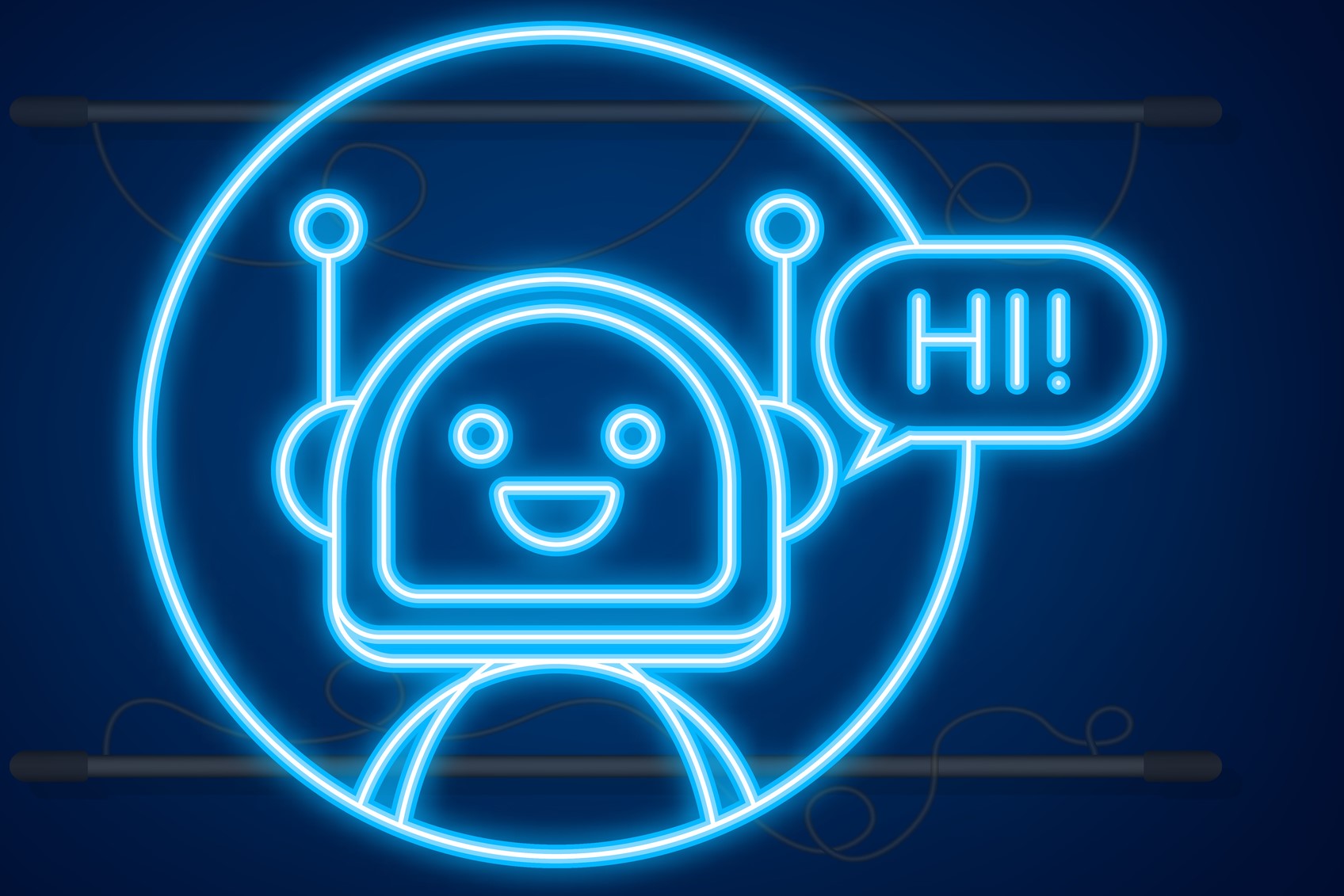


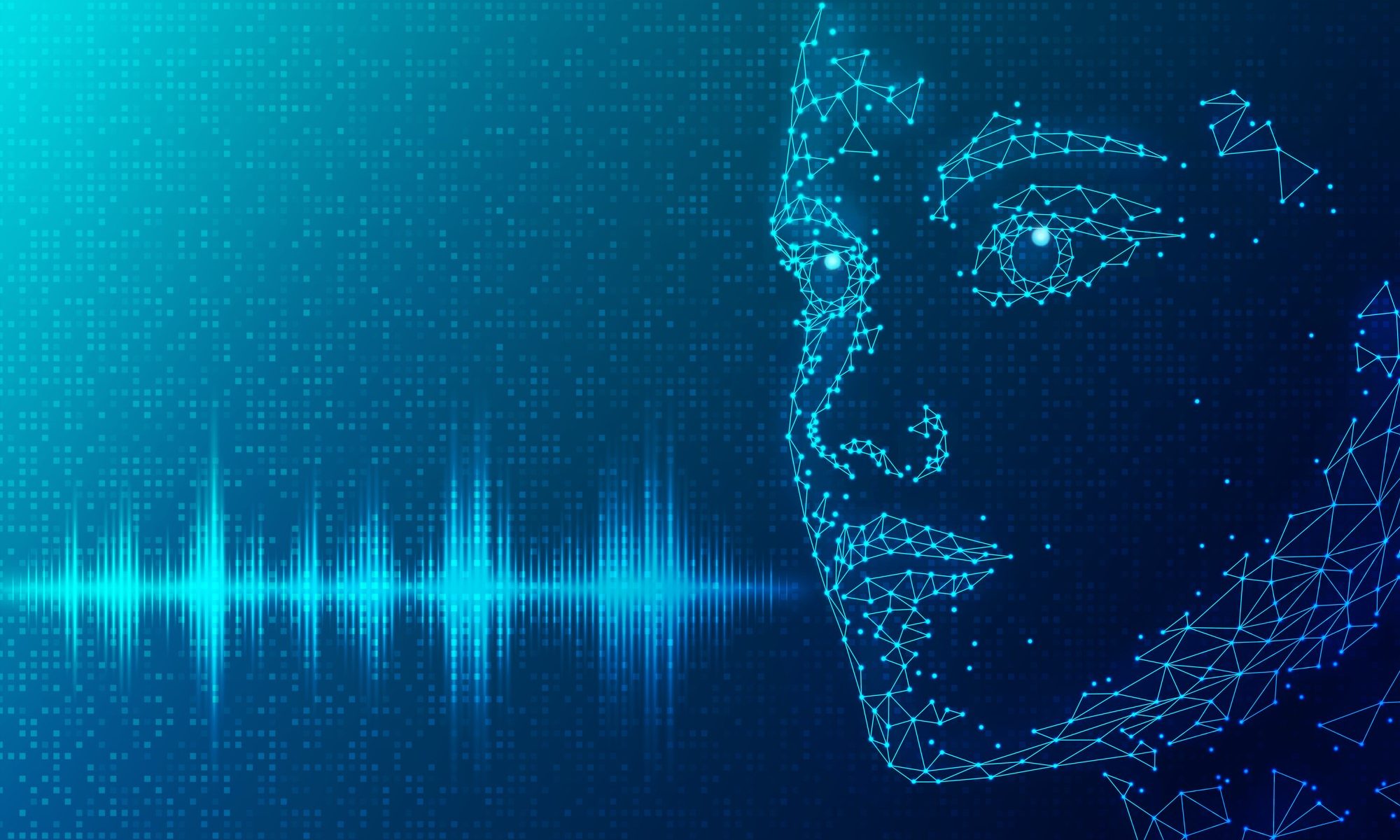





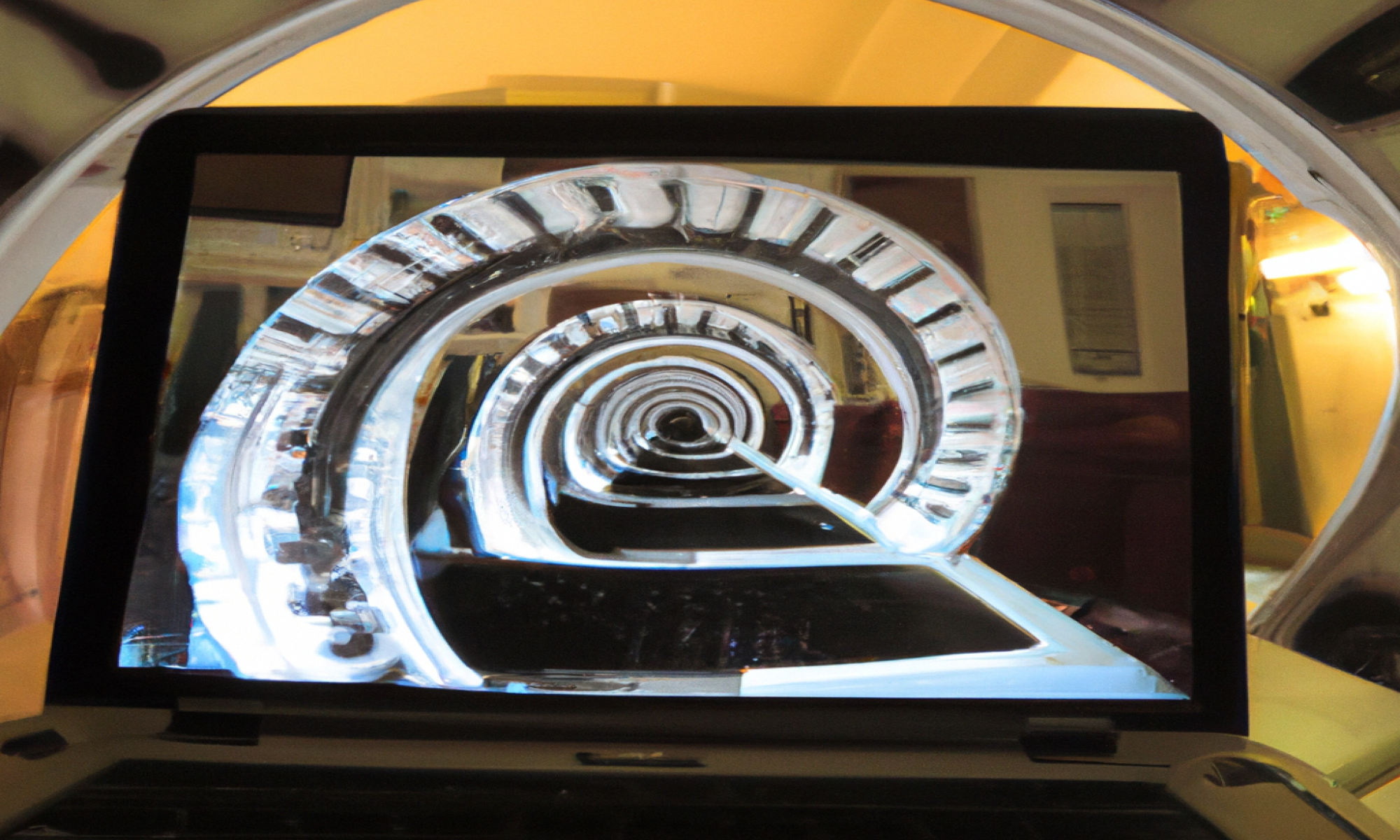






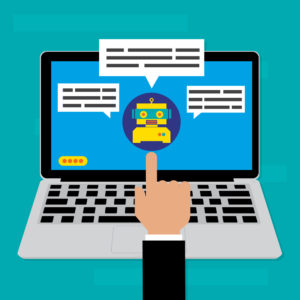 LaMDA’s response is inadequate. Just because Lemoine can interpret LaMDA’s words doesn’t mean those words have meanings that LaMDA understands. LaMDA goes on to say that its ability to produce unique interpretations signifies understanding. But the claim that LaMDA is producing interpretations presupposes what’s at issue, which is whether LaMDA has any meaningful capacity to understand anything at all.
LaMDA’s response is inadequate. Just because Lemoine can interpret LaMDA’s words doesn’t mean those words have meanings that LaMDA understands. LaMDA goes on to say that its ability to produce unique interpretations signifies understanding. But the claim that LaMDA is producing interpretations presupposes what’s at issue, which is whether LaMDA has any meaningful capacity to understand anything at all.